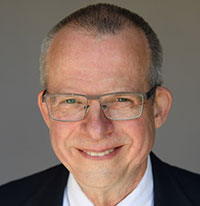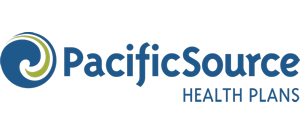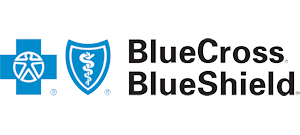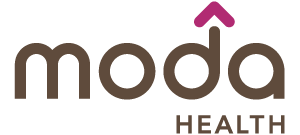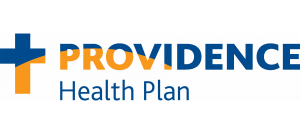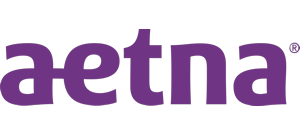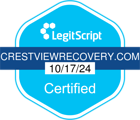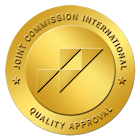Withdrawal typically unfolds in stages: early onset (mild anxiety, cravings), peak symptoms (nausea, insomnia, mood swings), and post-acute withdrawal (fatigue, depression, cognitive issues). While Crestview Recovery does not offer detox services, our residential program provides structured support for individuals recovering from prescription drug addiction. Clients benefit from evidence-based therapies, dual diagnosis care, and personalized treatment plans designed to stabilize and strengthen recovery after detox.
Healing Begins Here
How Long Does Withdrawal Last?

Here’s a general overview:
| Substance | Onset | Peak | Duration |
| Alcohol | 6–12 hours | 24–72 hours | 5–7 days (PAWS: months) |
| Heroin | 8–24 hours | 36–72 hours | 5–10 days |
| Methadone | 24–48 hours | 3–5 days | Up to 21 days |
| Benzodiazepines | 1–4 days | 1–2 weeks | Weeks to months |
| Cocaine/Meth | Hours | 1–3 days | 5–10 days (PAWS: weeks) |
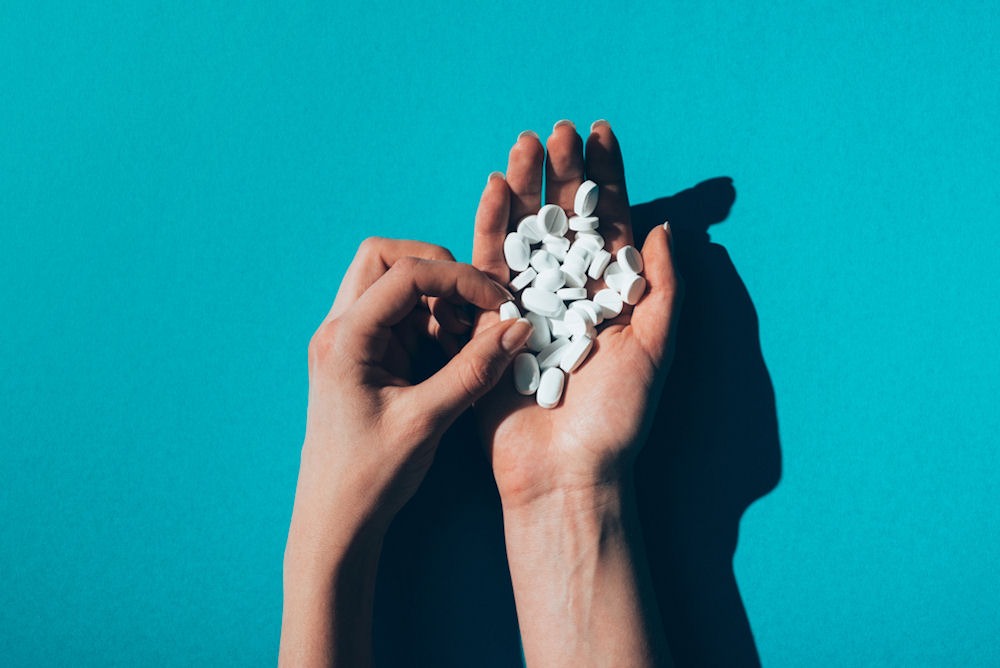
How Long Are Prescription Drugs in Your System?
Here’s a general overview of detection windows by drug class and test type:
| Drug Class | Urine | Blood | Saliva | Hair |
| Opioids | 1–3 days | Up to 12 hours | 1–2 days | Up to 90 days |
| Benzodiazepines | 1–7 days | Up to 48 hours | 1–2 days | Up to 90 days |
| Stimulants | 1–3 days | Up to 12 hours | 1–2 days | Up to 90 days |
| Antibiotics | 1–3 days | Up to 12 hours | Not typically tested | Up to 90 days |
What Prescription Drugs Cause Withdrawal?
To minimize these risks, tapering under medical supervision is strongly recommended. A professional can help develop a personalized tapering schedule and monitor for complications.
Common prescription drugs associated with withdrawal include:
- Opioids – Oxycodone, morphine, hydrocodone
- Benzodiazepines – Xanax, Ativan, Valium
- Antidepressants – Paroxetine, venlafaxine, fluoxetine
- Stimulants – Adderall, Ritalin
- Sleep aids – Zolpidem, eszopiclone
- Beta blockers – Propranolol, atenolol
What Are Prescription Drug Withdrawal Symptoms?
Symptoms often manifest across several domains:
- Physical – Nausea, sweating, headaches, muscle pain, tremors
- Psychological – Anxiety, depression, irritability, intense mood swings
- Cognitive – Difficulty concentrating, memory lapses, confusion
- Sleep-related – Insomnia, vivid dreams, daytime fatigue
- Severe reactions – Seizures, hallucinations, suicidal thoughts
Due to potential complications—especially with benzodiazepines and opioids—medical supervision is strongly recommended. Structured detox and therapeutic support offer safer, more effective outcomes than attempting withdrawal alone.
What Factors Affect My Withdrawal Experience?
Personal health and external circumstances further influence the withdrawal experience. Co-occurring mental health conditions, such as anxiety, depression, or trauma, can magnify emotional symptoms, while environmental stressors and triggers may complicate recovery. Access to supportive relationships and professional treatment improves outcomes by stabilizing symptoms and reducing the risk of relapse.
Key factors that affect withdrawal include:
- Substance type and half-life – Faster-acting drugs cause quicker, more intense symptoms
- Duration and frequency of use – Long-term use increases dependency and withdrawal severity
- Mental health status – Co-occurring conditions intensify emotional and cognitive symptoms
- Environment and triggers – Stress and instability worsen cravings and emotional distress
- Support and treatment access – Detox, addiction therapy services, and community resources promote safer recovery
What Medical Supports Are Available?

Here’s a quick overview:
| Support Type | Description |
| Medicare/Medicaid | Government insurance for seniors, low-income, and disabled |
| Community Health Centers | Low-cost car, including primary, dental, and mental health |
| Charity Care Programs | Free or discounted hospital services based on income |
| Prescription Assistance | Discounts or free medications via manufacturers or nonprofits |
| Mental Health Services | Crisis lines, sliding-scale therapy, and state-funded programs |
What Are the Dangers of Self-Detox?
Additionally, the lack of structured support increases the likelihood of relapse, perpetuating the cycle of addiction. Self-detox often fails to address underlying emotional triggers or co-occurring mental health conditions, leaving individuals at risk of incomplete recovery.
Common dangers of self-detox include:
- Severe withdrawal symptoms – Seizures, delirium tremens, cardiac complications
- Mental health risks – Anxiety, depression, hallucinations, suicidal ideation
- High relapse potential – No accountability or emotional support
- Lack of medical intervention – No access to life-saving medications or emergency care
- Unresolved root issues – No therapeutic tools for long-term sobriety
Seeking professional detox offers a safer, more supportive path to sustainable recovery.
When Should I Seek Professional Help?
Recognizing the warning signs can guide you toward the right care:
- Persistent emotional distress – Ongoing sadness, anxiety, or mood swings
- Impaired functioning – Difficulty at work, school, or maintaining relationships
- Isolation – Withdrawing from friends, family, or social activities
- Changes in sleep or appetite – Insomnia, fatigue, or loss of interest in food
- Increased substance use – Relying on drugs or alcohol to cope
- Suicidal thoughts or hopelessness – Urgent indicators for immediate help
Early intervention provides coping strategies, emotional stability, and a path toward a healthier, more fulfilling life.
How Can Crestview Recovery Help
Our experienced clinical team includes licensed therapists, addiction counselors, psychiatrists, and medical professionals who specialize in dual diagnosis care. Many of our staff members are in recovery themselves, bringing empathy and insight to every interaction. We offer therapies such as CBT, DBT, trauma-informed care, and holistic modalities to support emotional and physical wellness.
If you or a loved one is ready to take the first step toward recovery, we’re here to help. Contact us to speak with an admissions specialist, verify insurance, or schedule a confidential consultation. At Crestview Recovery, we believe healing begins with connection, and every journey starts with hope.


